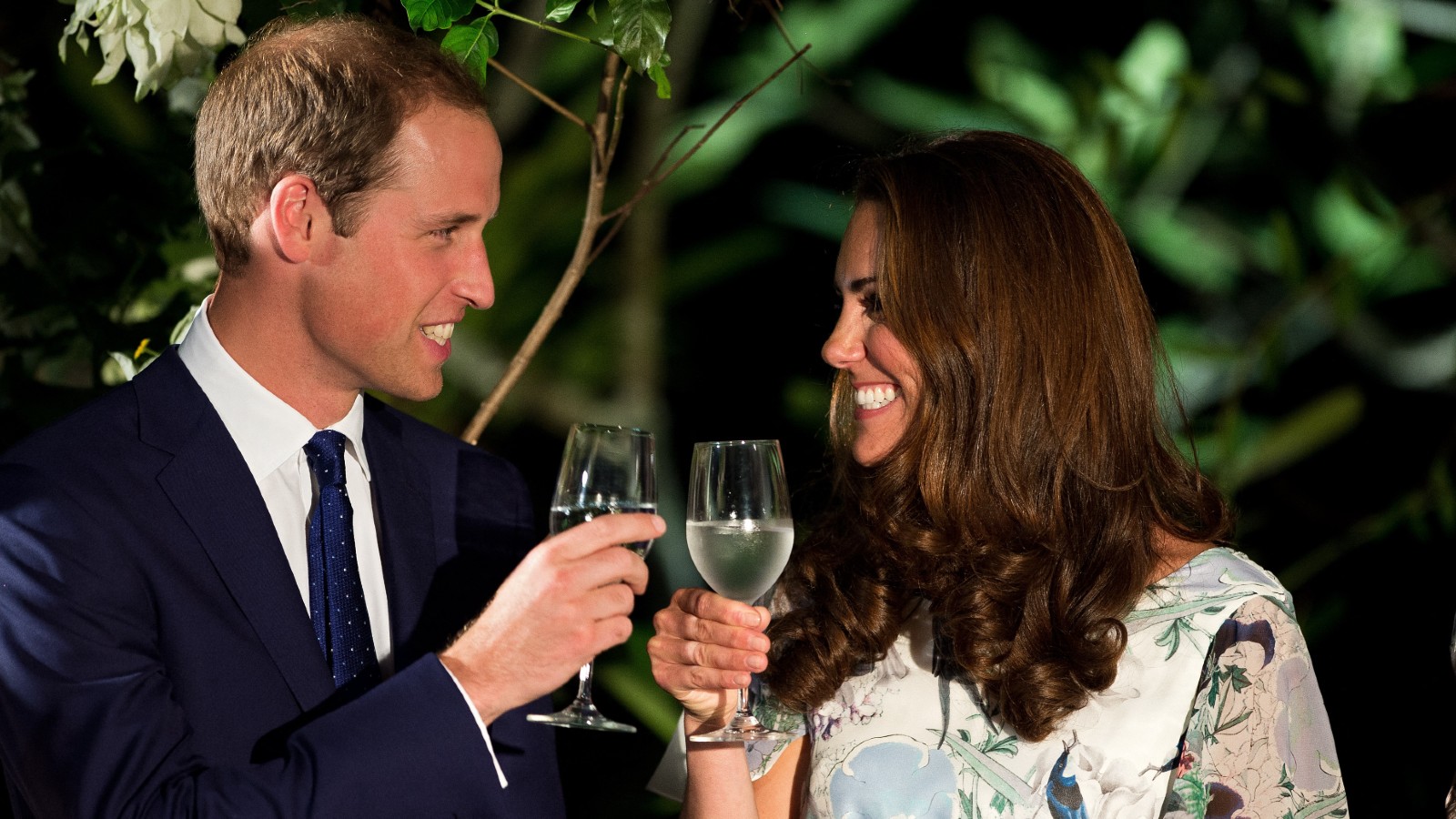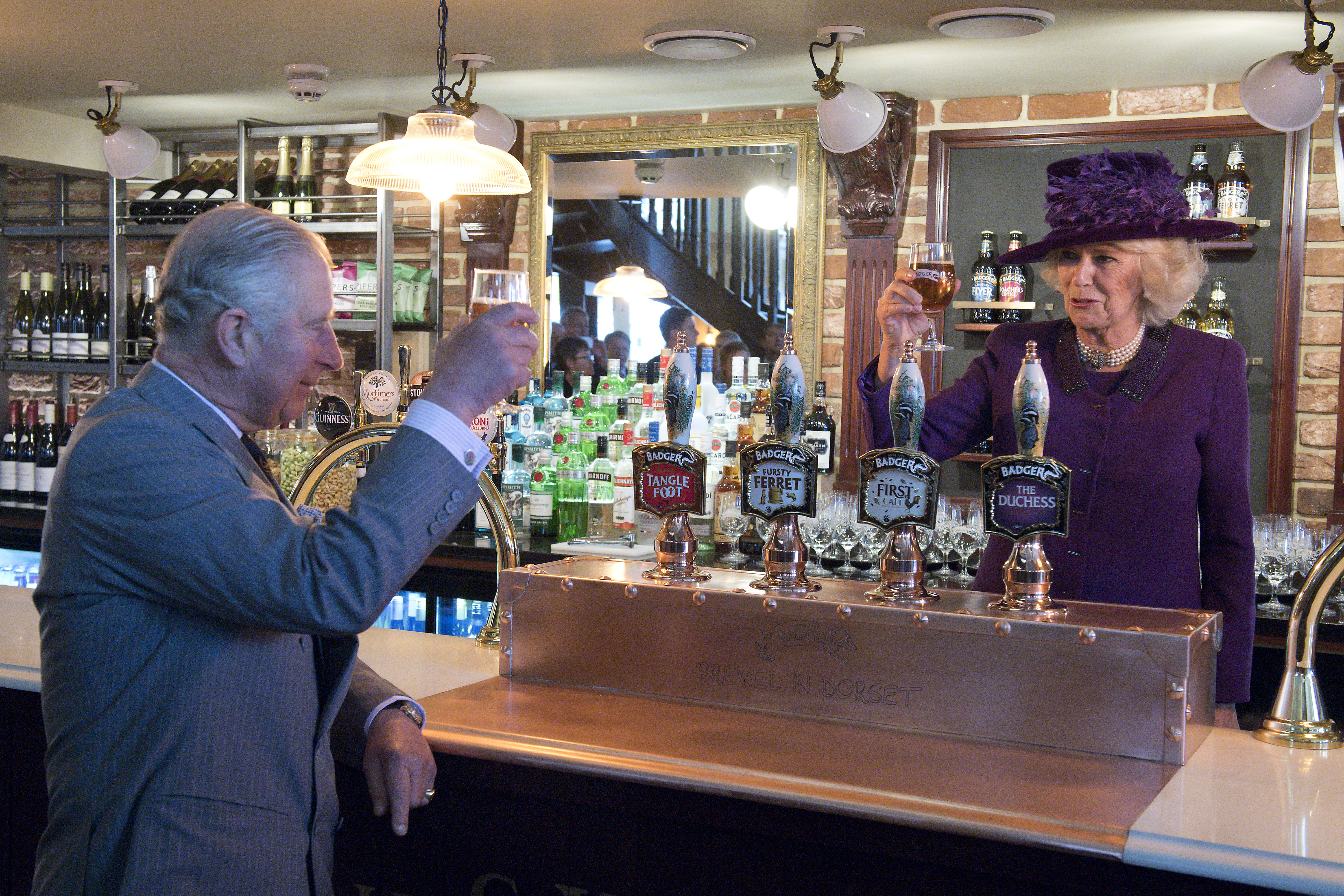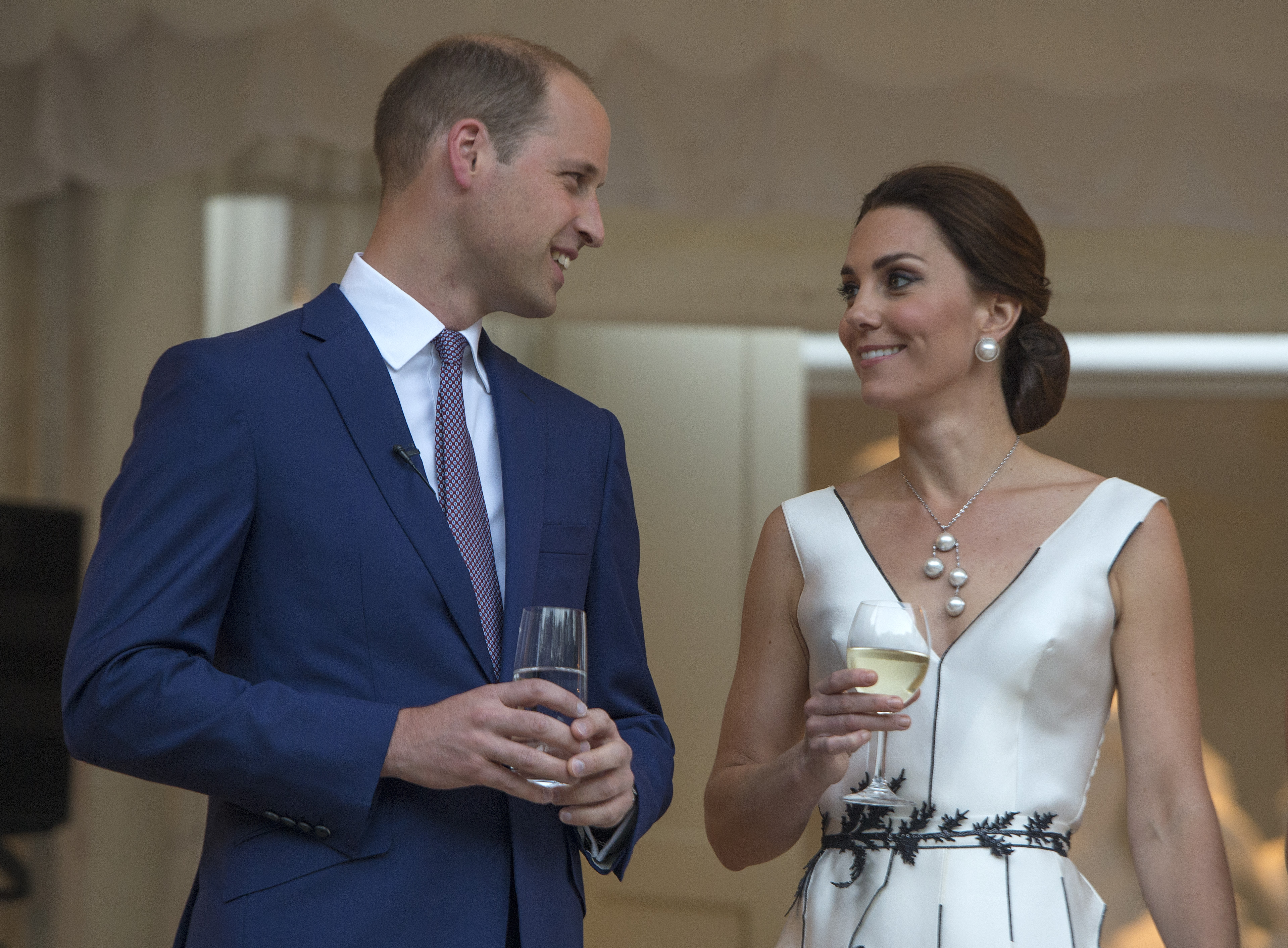You’ve been ‘cheers-ing’ wrong according to the royals - this is how they do it
Clinking classes has become customary when 'cheers-ing', but the royals do it differently...

Cheers-ing is a fairly common practice, especially at Christmas, but according to King Charles' former butler, we've been doing it completely wrong.
- King Charles III's former butler, Grant Harrold, has revealed the correct way to 'cheers' as per the Royal Family.
- Eye contact is important for the royals when it comes to cheers-ing, he says.
- In other royal news, Kate Middleton got into the festive spirit in a glittering boucle jacket as she paid tribute to the Queen.
When it comes to Christmas, many of us like to raise a glass of prosecco or champagne to make a toast to celebrate the festivities and to mark a prosperous New Year.
But according to King Charles III's former butler, the way we've been cheers-ing our alcoholic drinks is all wrong and the royals do it differently.
While we traditionally clink our glasses together to mark the cheers, the royals do not. Former royal butler, Grant Harrold, revealed, "I've been at parties with them as a guest and they do raise their glasses and say cheers. They might not clink glasses but they will give you eye contact."

Why do we clink glasses when we cheers?
According to Farmer's Almanac, the word “Cheers” originated from the old French word chiere, which meant “face” or “head.” By the 18th century, it meant “gladness,” and was used as a way of expressing encouragement.
Today, the word cheers is simply a symbolic and succinct way of toasting with the wish of good cheer and good health to those around us.
The "clinking" of glasses originated in the medieval days when wine was often spiked with poison. In these days, poisoning an enemy's drink was a convenient way to murder him. So it was believed that if glasses were filled to the brim and then clinked hard, a bit of alcohol from each glass would pour into the other.
Sign up to our free daily email for the latest royal and entertainment news, interesting opinion, expert advice on styling and beauty trends, and no-nonsense guides to the health and wellness questions you want answered.
Mixing drinks and then taking a sip was a gesture that the drinks were unharmed. If the guest trusted his host he would just clink glasses when the host offered his glass for a sample. This is why today, the clinking of glasses has become a sign of trust, honesty and toast to good health.

Grant also gave an insight into the royal Christmas parties he attended while working for then Prince Charles, from 2004 until 2011.
He revealed, "At Christmas, we were quite lucky because there would be different staff parties, events, and services, which I kind of got involved in and went to."
Grant recalled, "I remember the first Christmas party I went to about 18 years ago, it was a sit-down lunch and I sat down at a table with Prince William and I remember thinking, this is a different type of Christmas lunch.
"It was brilliant fun, him sitting there and the King - or the Prince of Wales as he was then - behind me, and Prince Harry was at the table to the other side of William, so it was great fun."
Robyn is a celebrity and entertainment journalist and editor with over eight years experience in the industry. As well as contributing regular to woman&home, she also often writes for Woman, Woman's Own, Woman's Weekly and The Sun.